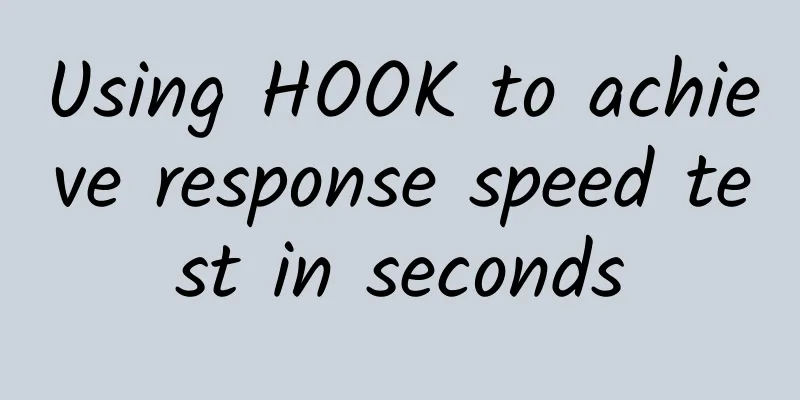Wouldn't it be cool to be able to fly forever without refueling? I'm not talking about satellites

|
Would you think it would be cool if there was a plane that could fly in the sky without us having to refuel it? Probably not, because you probably thought I was talking about a satellite. Indeed, artificial satellites can always run in the Earth's orbit. As long as their speed reaches 7.9 kilometers per second, they will not be pulled down by the Earth's gravity. Since the Earth's orbit is almost a vacuum, their running speed will not gradually decrease due to air resistance, so they can fly forever. But what I'm talking about is not a satellite, but a thing that can fly freely in the sky. Although it does not need additional fuel, it can fly wherever it wants. This thing is an airplane, but it is not a traditional fuel-powered airplane, but a solar-powered airplane. Many people may not take solar-powered airplanes seriously. After all, humans haven’t even figured out mature electric airplane technology yet. Isn’t it a little early to talk about solar-powered airplanes? In fact, it is not early at all, because this is indeed a fascinating technology. Just imagine an airplane flying in the sky. It can fly wherever there is sunlight. Even if there is no sunlight, it does not matter, because solar cells can store the sun's energy in the form of chemical energy. This airplane does not need any supplies and can fly forever in the blue sky. All this is not just imagination. In fact, humans completed a solar-powered airplane's round-the-world flight as early as 2016. This feat was accomplished by two Swiss pilots and a solar-powered airplane designed and manufactured by Switzerland, the Solar Impulse 2. On March 9, 2015, two pilots took off the Solar Impulse 2 from Abu Dhabi, the capital of the United Arab Emirates, and began its round-the-world flight. The entire flight of "Solar Impulse 2" passed through 16 cities, including Oman, India, Myanmar, China, Japan, the United States, Spain and Egypt. At 23:28 on the evening of April 21, 2015, "Solar Impulse 2" arrived in Nanjing from Chongqing. More than a month later, on May 31, it took off from Nanjing to the United States. More than a year later, at 8 am on July 26, 2016, "Solar Impulse 2" finally returned to Abu Dhabi, UAE, becoming the first solar-powered aircraft in human aviation history to complete a round-the-world flight. As a solar-powered aircraft that can fly day and night, "Solar Impulse 2" is obviously different from traditional fuel-powered aircraft in appearance. In order to reduce weight as much as possible, Solar Impulse 2 uses a carbon fiber structure that is thinner than paper, with a total weight of only 2.3 tons, which is the weight of an average family car. Although it is light in weight, it is not small at all. In order to install 17,000 solar panels on the wings, its wingspan reaches 72 meters. What kind of concept is this? This means that the wingspan of this solar-powered aircraft is longer than that of a Boeing 747. In terms of power, the "Solar Impulse 2" is equipped with four 17.5-horsepower engines, which allows it to fly at a speed of 50 to 100 kilometers per hour. Since solar-powered aircraft do not need to consume any fuel, they will not produce any pollution during the flight process. Both the economic benefits and the environmental benefits are commendable, which is why various countries are keen on developing solar-powered aircraft. Does our country have solar-powered aircraft? Of course, the Mozi II drone developed by my country is a solar-powered aircraft. Although it is a drone, its wingspan has reached 15 meters, which allows the solar cells on it to power four engines. At present, the longest time that the Mozi II drone can stay in the air has reached 12 hours. Don't underestimate drones. This kind of solar-powered drone has unlimited application potential in the future. Why do you say that? Just think about it. A drone can fly at an altitude of 6,000 to 8,000 meters for a long time without refueling and without any pollutants. Then it can completely realize the function of another thing to a certain extent, that is, a satellite. Yes, in fact, a solar-powered drone is an alternative artificial satellite. Compared with artificial satellites orbiting the Earth, solar-powered drones have another obvious advantage: they can come back at any time. On weekdays, drones rely on solar energy to fly in the air. Once a malfunction occurs, they can return to the ground for repair. This is really convenient. Compared with launching satellites, the initial launch cost and the subsequent maintenance cost of launching a solar drone are much lower. Therefore, some researchers believe that China's Mozi II drone will even be able to play a role comparable to Beidou satellites in the future. However, all this is just a prospect. Although the solar-powered aircraft has completed a round-the-world flight, there are still many problems in terms of its own technology, and there is still a certain distance from the real large-scale promotion and application. For more information, please follow the official account: sunmonarch |
>>: 10 Questions About Lemonade Answered
Recommend
The “mass counterattack” of domestic smartphones hides hidden concerns
For domestic mobile phones, which were once regar...
How much does it cost to develop a mini program? How much does it cost to make a mini program?
With the rapid development of the Internet, mini ...
Chinese technology is hidden under the turf of the Qatar World Cup
"How does it feel to kick?" On the even...
How to plan a successful event promotion?
Event operation , planning different marketing ac...
Going to the heavens for the country! Happy 24th birthday to the Astronaut Corps!
Shenzhou space flight, space walk Staying in the ...
New MacBook Air storage performance is not as good as the old device
The newly released 2014 MacBook Air has a processo...
Read the full text of the novel "Ever Night" for free: What are the precautions for keyword optimization?
When it comes to keyword optimization, companies ...
"Building an operational anchor from 0-1" anchor foundation, mentality shaping, ability training to live broadcast rhythm, speech skills
Course Contents: Section 1: Traffic push mechanis...
Short video & live broadcast operation: 50 data analysis tools
Data analysis is crucial in short video operation...
How did plants survive from ancient times to the present day?
Dear friends, have you ever thought about this: t...
Uncover the weather secrets behind the golden ginkgo
Autumn is here. As the temperature gradually drop...
A Tibet Airlines flight went off the runway and caught fire! What is the "black ten minutes"? How to respond to an airplane accident?
At about 8:00 on May 12, a Tibet Airlines flight ...
Advertising cost data for 35 categories across 9 channels for your reference!
In this article, the editor has compiled a large ...
How long does it take to ventilate before moving in? 9 questions about ventilation and formaldehyde removal explained at once
First of all, the most economical and effective w...









